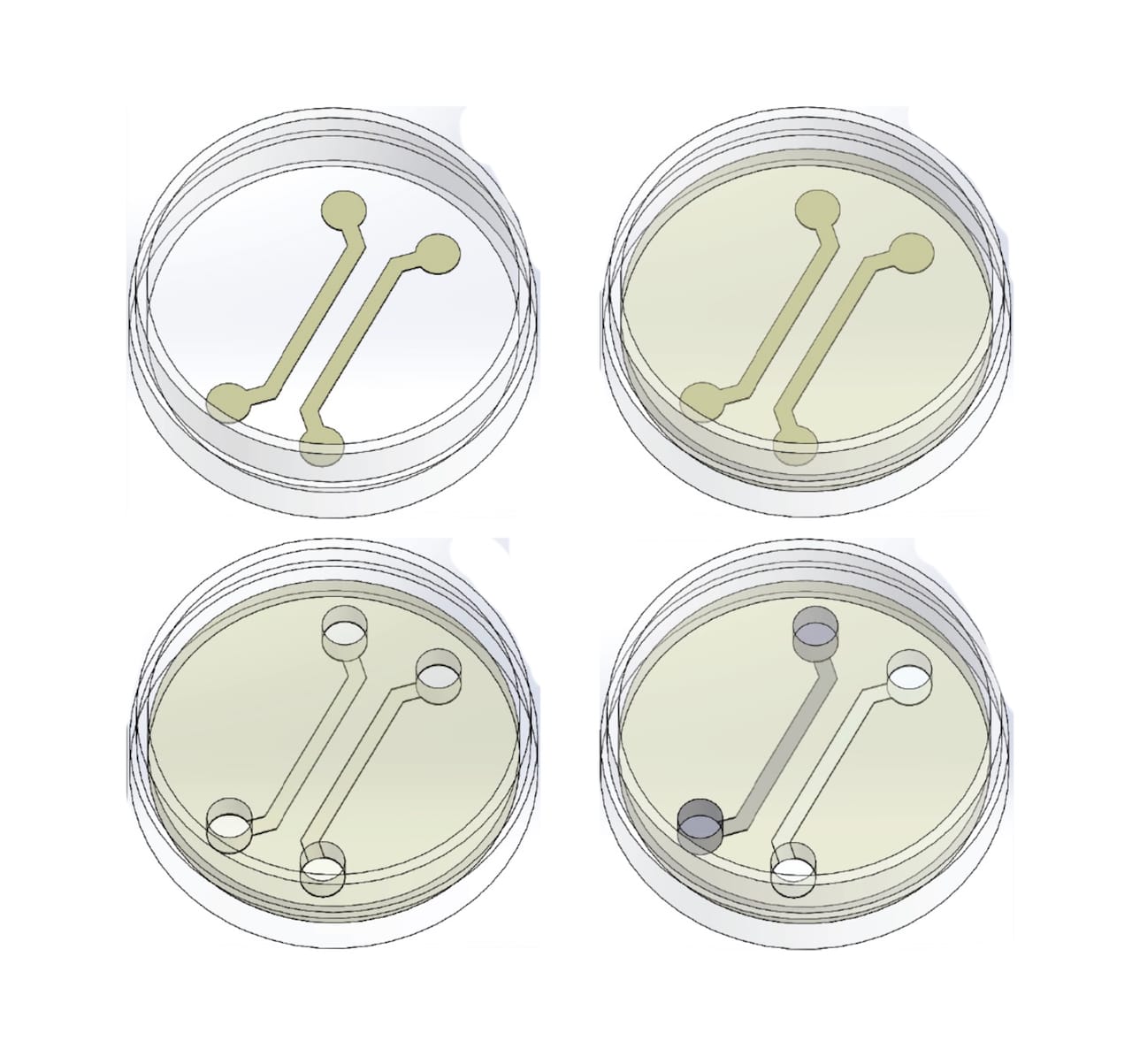
Researchers have developed a unique way of handling support structures in bioprinting.
Bioprinting involves deposition of living cells in a proscribed 3D design. However, living cells, individually, are not exactly a proper engineering material, at least until they grow together into tissue forms. Until they do, they must be supported by some type of structure.
These “scaffolds”, as they are known in bioprinting, do dissolve – eventually, at which time you’re left with only living tissue. But the process depends on the rate at which the scaffolds dissolve.
Now new research has developed another approach that enables controlled dissolving of the structures. The paper explains:
Here, we show stereolithographic printing of hydrogels using noncovalent (ionic) crosslinking, which enables reversible patterning with controlled degradation. We demonstrate this approach using sodium alginate, photoacid generators and various combinations of divalent cation salts, which can be used to tune the hydrogel degradation kinetics, pattern fidelity, and mechanical properties.
Exposure to correct frequencies of light causes photopolymers to link, but it’s typically permanent. This approach does create bonds, but in a way that allows a trigger to release them.
The trigger in this case is a chelation agent. Once added, the structures begin to dissolve. It also seems there are ways to control the rate of the dissolve.
This obviously will provide a way for bioprinting applications to choose, for the first time, the removal of the support structures from a living tissue print.
But there are some other interesting applications as well. The researchers describe ways to use this new technology, as it is essentially a kind of “switch” that could provide a means for simple logic within bio systems. For example, consider a 3D printed container that contains a drug. This container would persist until activated by an agent, upon which the drug contained within would be released.
Another possibility is to use the material as a way to sense the presence of a chelation agent.
Dissolvable supports structures have long been a thing within conventional 3D printing, but those approaches are most certainly not compatible with living tissues. Now that limitation could be removed for future bioprinting.
Via RSC

